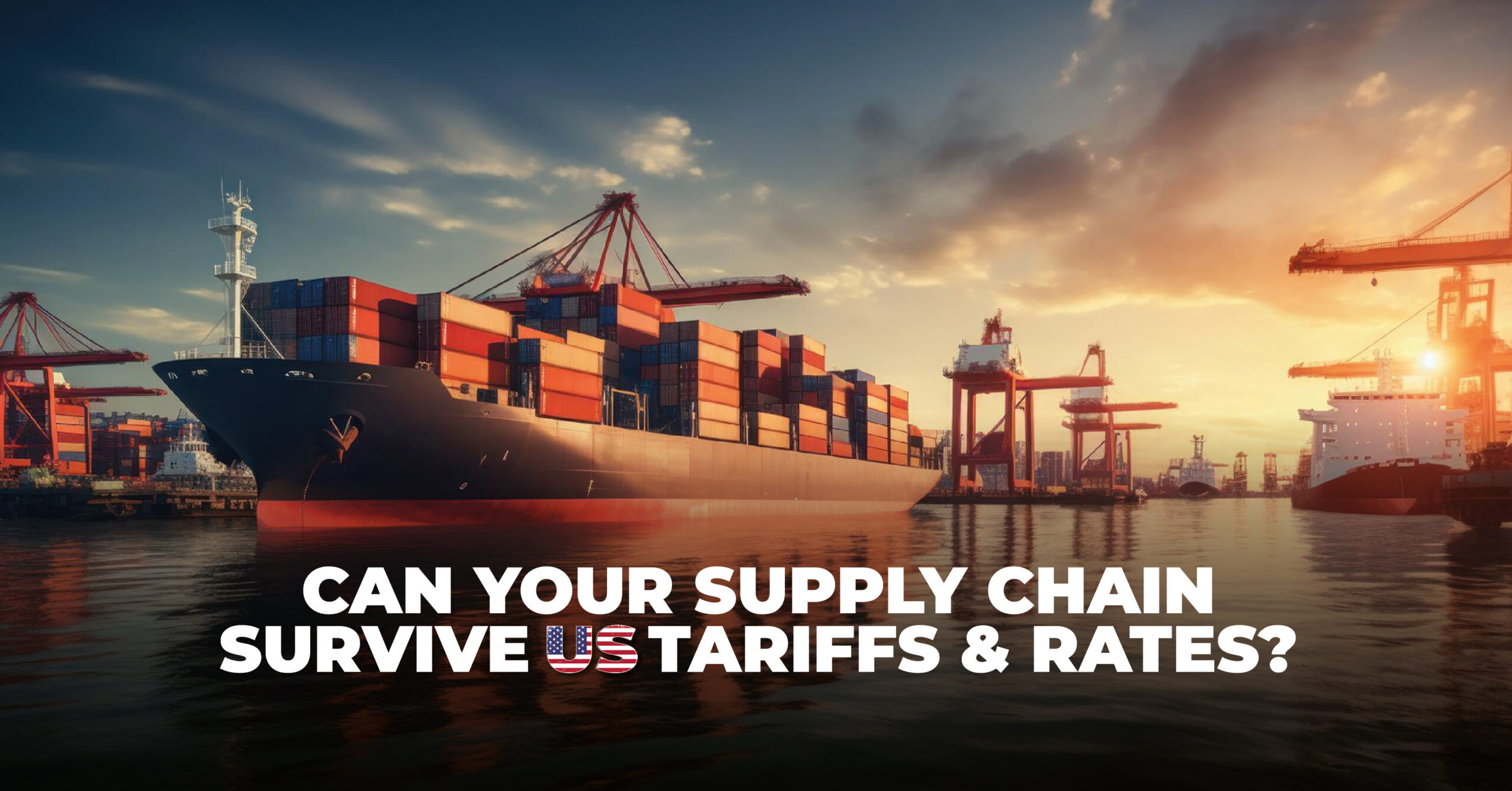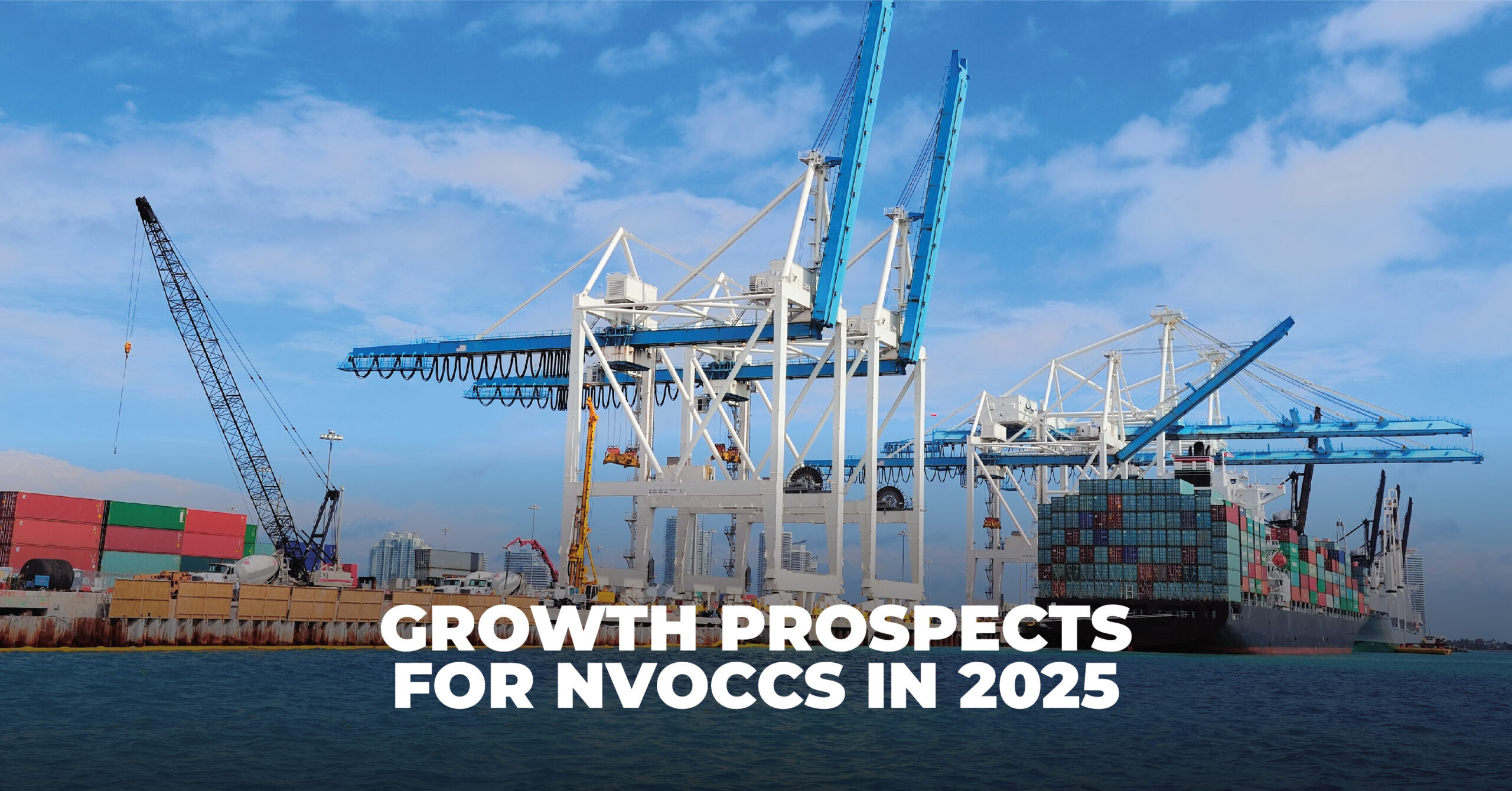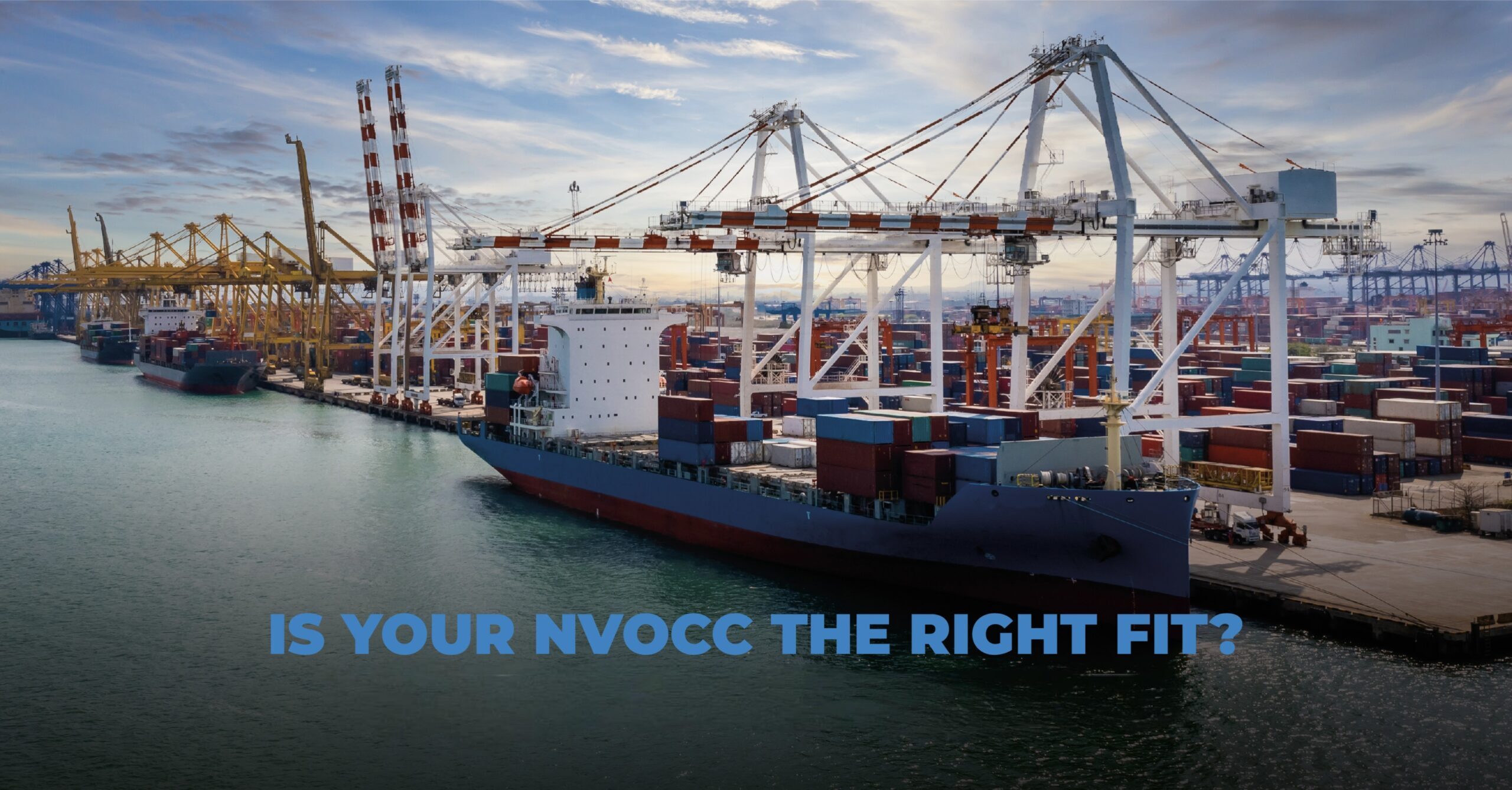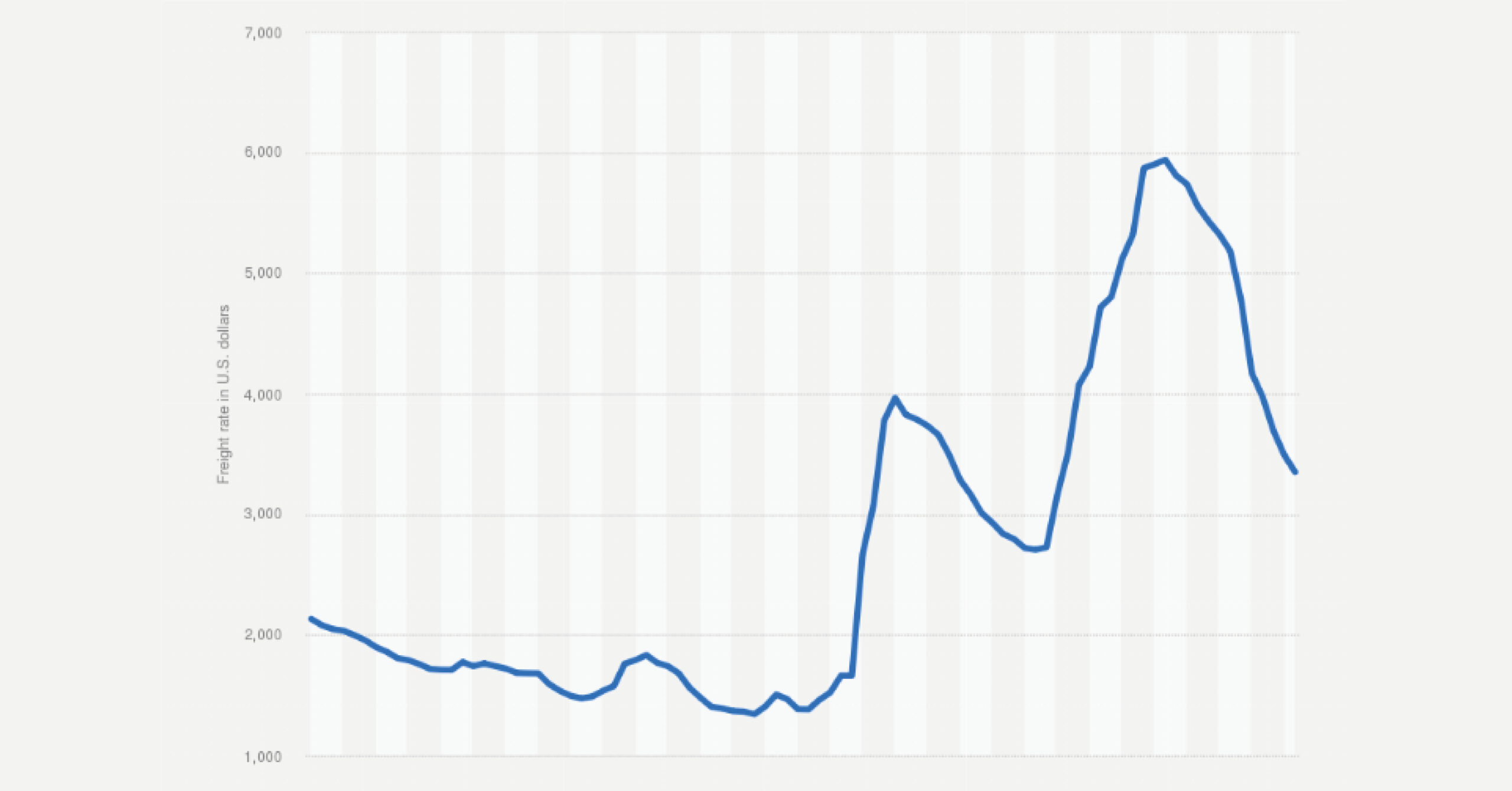The global freight industry has undergone significant shifts in recent years, particularly on the trade route from China to the Middle East. With fluctuating demand, changing market dynamics, and external economic pressures, the freight rates on this corridor have seen both peaks and downturns. Non-Vessel Operating Common Carriers (NVOCCs) have been at the receiving end of these volatilities, struggling to maintain profitability and service reliability. However, amidst these challenges, RSL Container Lines, a renowned NVOCC in this sector, has successfully navigated the turbulent market by employing innovative strategies and operational efficiencies.
Fluctuations in Freight Rates
Over the past few years, global supply chains have been disrupted due to several factors, including the COVID-19 pandemic, geopolitical tensions, and economic slowdowns. These disruptions have had a direct impact on freight rates between China and the Middle East.
Initially, freight rates surged due to container shortages and increased demand for goods during the post-pandemic economic recovery. However, as demand stabilized and new shipping capacities were introduced, rates started declining. Additionally, increased fuel costs and congestion at major ports have led to further unpredictability in pricing.
For NVOCCs, which rely on leasing space from major shipping lines and then consolidating shipments for their clients, this volatility has created operational and financial challenges. Sudden rate fluctuations make it difficult to offer stable pricing to customers, leading to squeezed profit margins.
Challenges Faced by NVOCCs
Many NVOCCs operating on the China-Middle East trade route are facing several key issues:
- High Operational Costs: Rising fuel prices, port handling charges, and equipment leasing costs have made it difficult for NVOCCs to maintain competitive pricing.
- Reduced Profit Margins: Due to increased competition and fluctuating rates, profit margins have shrunk, affecting the sustainability of smaller operators.
- Container Availability Issues: While the initial crisis saw a shortage of containers, recent months have experienced imbalanced supply, leading to unpredictability in scheduling.
- Regulatory Challenges: Trade policies and regulatory changes in both China and the Middle East add another layer of complexity, requiring constant adaptability.
- Customer Retention Issues: With freight rates fluctuating, customers often seek the lowest possible rates, making it difficult for NVOCCs to maintain long-term contracts.
How RSL Container Lines is Coping
As a well-established NVOCC, RSL Container Lines has taken proactive steps to adapt to these challenges and ensure seamless service for its customers.
- Dynamic Pricing Model: RSL Container Lines closely monitors market trends and adjusts pricing strategies to remain competitive while ensuring sustainable margins.
- Strong Carrier Partnerships: By maintaining robust relationships with major shipping lines, RSL secures competitive rates and ensures priority space allocation for its customers.
- Diversification of Services: To mitigate risks, RSL has expanded its service offerings, including door-to-door logistics solutions, warehousing, and customized freight forwarding options.
- Customer-Centric Approach: Understanding that businesses require flexibility, RSL provides tailored solutions to meet the specific needs of its clients, ensuring reliability even in volatile market conditions.
Conclusion
The freight market between China and the Middle East remains dynamic, with fluctuating rates posing significant challenges to NVOCCs. However, companies like RSL Container Lines have demonstrated resilience by leveraging strategic partnerships, technological advancements, and customer-focused services. As the global trade landscape continues to evolve, adaptability and innovation will be key to sustaining success in this sector.






